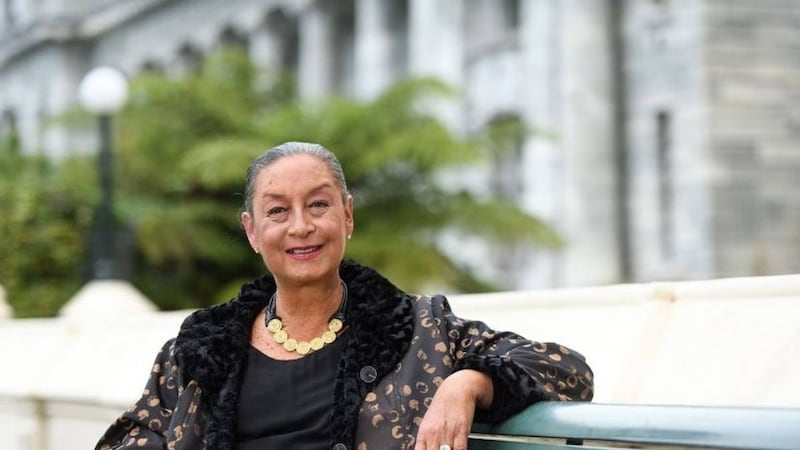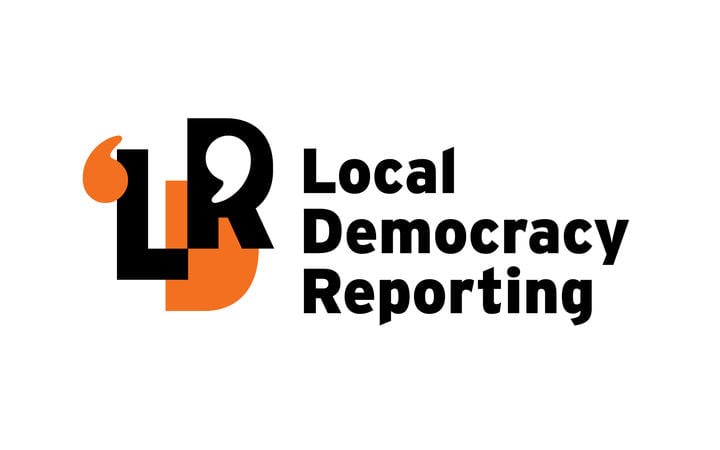A memorial sculpture of the late Georgina Beyer (Te Āti Awa, Ngāti Mutunga, Ngāti Raukawa, Ngāti Porou) will be discussed by Carterton councillors next week.
Beyer, who died last year, was elected mayor of Carterton in 1995, making her the world’s first openly transgender mayor.
She later became the world’s first transgender member of Parliament and was celebrated for her courage, sharp humour, and fierce advocacy for the communities she represented.
On Wednesday, Carterton’s elected members will consider progressing a project to create and install a sculpture of Beyer as a public art piece in town.
The community-led project was suggested by Wairarapa sculptor Paul Quested and endorsed by the executors of Beyer’s estate.
The project also had the support of Carterton’s People and Places Advisory Group.
The memorial sculpture would be a life-sized bronze statue of Beyer wearing a korowai with “red turquoise flecks of white and yellow”, according to a report to council.
The cloak would have detailed feathers at the top and “semi-abstract textures and elements of bright colours that are not overstated”.
Ground lighting elements would “bring interest, colour, and shadow to the memorial”.
The project would likely take 12-18 months to complete, which allowed time for fundraising and the creation of the sculpture.
The estimated price to complete the sculpture was between $300,000-500,000 and would be externally funded.
“This is in line with the cost of similar sculptures around Aotearoa,” the report said.
“A full project plan, including a detailed finalised budget will be established if the project is approved by council.”
Council staff would work with the sculptor and Funding HQ to source external funding for the project.
Funding HQ worked directly with councils to help them build their own fundraising capability and help councils secure funds for projects.
There had been no decision yet on where the sculpture should be situated, but it was the wish of the executors of Beyer’s will that the sculpture “be prominent and in a place where people can access and appreciate the memorial”.
Council staff have suggested that public engagement be used to assess the best location, should the project go ahead.


